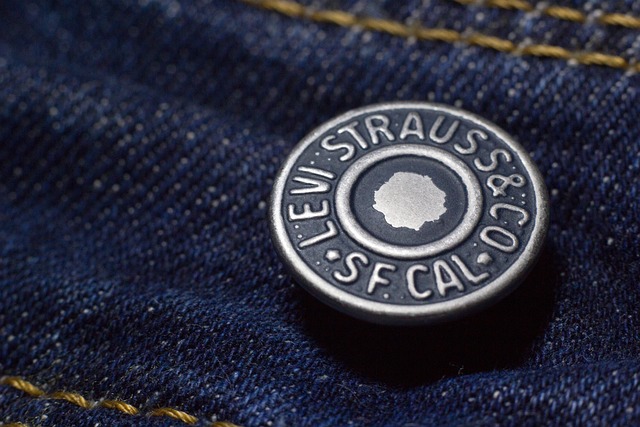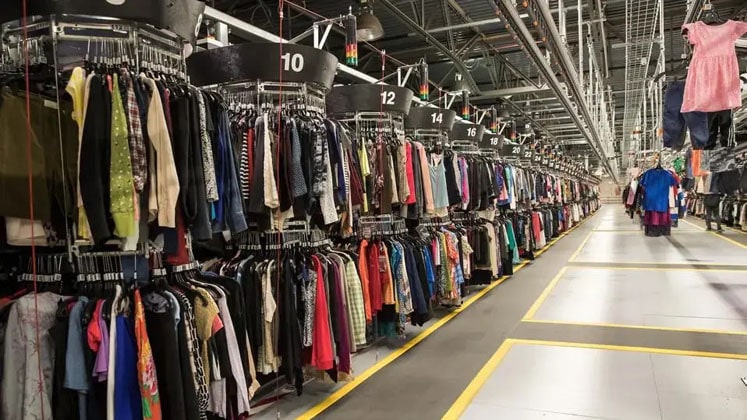
In 2022 most international brands realised that consumers in Asia are much more resilient than their Western counterparts. As the West was the worst hit by the two-year long lockdown followed by the Russia-Ukraine war, which seems a night without end for Europe, most Western economies are reeling from never-seen-before hike in energy costs, inflation and the possibility of recession.
Hence, European and American consumers have tightened their expenses and become cautious about personal spends. In this scenario, Levi’s, the iconic American denim brand has followed the economic growth patterns that predict low single digit in Europe and the US and high single digit or low double-digits in Asia and unfurled its denim sails, hoping to breeze through Asia. Their eastern expansion will see more investment in the region including India.
In fact, the company predicts a more restrained performance in Asia in the first half of 2023 and a pick up after that. Levi Strauss’ expansion strategy in 2023 is focused on Asia and the South Americas, mainly Brazil. As for China which makes up 3 per cent of its global revenue, the company is waiting to see its recovery post lockdown.
Buoyancy after a successful 2022
The company currently operates over 500 stores in over 100 countries, with Levi’s, Dockers, Denizens and Beyond Yoga. Levi Strauss reported $6.2 billion net revenues in 2022 and hopes to reach the $10 billion mark by 2027. As per a Euromonitor Report the fourth quarter was an exceptional one in terms of revenue and profit. The company grew at 12 per cent and this stellar performance has been on for five out of the last six years with the height of Covid-19 being the one year of exception.
In the three months ending November 22, Asia including India grew at 17 per cent and South American growth was in slightly lower double digits. To leverage the growth of the Direct-To-Consumer model, the organisation is putting in newer and more innovative methods. Whether it is skinny or loose-baggie fits, low, mid or high rise, Levi’s is on trend always. It has regained its position as the leading denim lifestyle brand once again after having lost out to niche players 10 years ago and today it enjoys leadership position amongst America’s 18-35 year olds. In fact, it holds similar positions in many other parts of the world with the exception of Western Europe. Levi’s prides its American heritage and calls itself as a brand that’s in the centre of the world of pop-culture. And that’s why Levi’s has decided to be associated with the music industry and partners coolest music brands that rub off their trendiness to the denim brand. Moreover, it has revamped the e-commerce experience in a bid to capture Gen Z and young millennial wallets.
The Indian show
In India, 2022 the brand raked in profits of Rs 50 crores, up 41 per cent. However, India remains a franchise model although Levi’s has opened a few doors in few metros. The recently-opened global capability centre in Bengaluru is a talent pool of over 200 people largely made up of engineers who are responsible to provide expertise and enable growth through technology, particularly AI, ensuring the direct-to-consumer business keeps refining and growing. Whilst e-commerce is low at 8 per cent of the global business, Levi Strauss aims to make it grow to 25 per cent by 2027. For this to be achieved, the organisation has invested heavily in hiring talent from India for its US headquarters for general management, finance, merchandising, marketing and operations.












